Description
Napier grass for sale is a high-yielding, nutritious forage for cattle. Learn its benefits, cultivation, and how to use it in your cattle feeding. Order now
Napier grass for sale
Napier Grass: A Cornerstone of Cattle Feeding Success
For livestock farmers, especially those raising cattle, finding a reliable and cost-effective feed source is paramount. Napier grass, a robust and rapidly growing tropical grass, has emerged as a champion in this arena, offering a plethora of benefits for cattle feeding and contributing to sustainable farming practices.
What is Napier Grass?
Also known as elephant grass, Napier grass ( Cenchrus purpureus) is a tall, perennial grass native to Africa. Its resilience, high yield, and nutritional value make it a popular choice for livestock particularly in tropical and subtropical regions. Unlike some grasses that require extensive maintenance and fertilization, Napier grass thrives even in poor soil conditions and is relatively drought-tolerant.
Napier grass for sale
Benefits of Feeding Napier Grass to Cattle:
Napier grass offers several advantages for cattle feeding:
- High Yield: Napier grass boasts an impressive biomass production capacity, yielding significantly more forage per hectare compared to many other grasses. This ensures a consistent and abundant supply of feed for cattle.
- Nutritional Value: While the nutritional content of Napier grass varies depending on factors like variety, soil fertility, and harvesting stage, it generally provides a good source of fiber, carbohydrates, and protein, essential for cattle growth and milk production. Proper fertilization and harvesting at the optimal stage can maximize its nutritional value.
- Cost-Effective Feed: Cultivating Napier grass can significantly reduce feed costs. By relying on homegrown forage, farmers can decrease their dependence on expensive commercial feeds, leading to increased profitability.
- Easy to Cultivate and Manage: Napier grass is relatively easy to establish and manage. It propagates well from stem cuttings and doesn’t require extensive labor. Regular cutting and fertilization help maintain its productivity and quality.
- Soil Conservation: The dense root system of Napier grass helps prevent soil erosion, making it an excellent choice for sloping lands and degraded areas. Its ability to improve soil structure and prevent nutrient loss further enhances its value as a sustainable farming practice.
- Drought Tolerance: Napier grass exhibits remarkable drought tolerance compared to other forage options. This resilience makes it a reliable feed source, particularly in regions prone to water scarcity.
- Versatile Feeding Options: Napier grass can be fed to cattle in various forms, including fresh-cut forage, silage, and hay. This flexibility allows farmers to adapt their feeding methods based on their specific needs and resources.
Optimizing Napier Grass for Cattle Feeding:
To maximize the benefits of Napier grass for cattle feeding, consider these tips:
- Choose the Right Variety: Select a Napier grass variety that suits your specific climate, soil conditions, and cattle requirements. Some popular varieties include Pakchong 1, Mott grass, and Bana grass, each with its own unique characteristics.
- Harvest at the Optimal Stage: The nutritional value of Napier grass is highest when harvested at the early vegetative stage, typically 45-60 days after planting or cutting. Over-mature grass becomes fibrous and less palatable.
- Proper Fertilization: Regular fertilization with nitrogen-rich fertilizers can significantly increase the yield and protein content of Napier grass. Consider using organic fertilizers like compost or manure for sustainable soil enrichment.
- Integrate with Legumes: Planting Napier grass alongside legumes like Desmodium or Lablab purpureus can enhance the overall nutritional value of the forage mix. Legumes fix nitrogen in the soil, improving soil fertility and boosting protein content.
- Silage Production: Preserving Napier grass as silage is an excellent way to ensure a consistent feed supply during the dry season. Proper silage making techniques are essential to prevent spoilage and maintain nutritional value.
- Chopping and Mixing: Chopping Napier grass into smaller pieces before feeding can improve digestibility and reduce wastage. Mixing it with other supplementary feeds, such as concentrates, can further enhance the nutritional balance of the diet.
Conclusion:
Napier grass is a valuable resource for cattle farmers seeking a reliable, cost-effective, and sustainable feed source. By understanding its benefits and implementing best management practices, farmers can unlock the full potential of Napier grass and improve the productivity and profitability of their cattle enterprises. As the demand for livestock products continues to grow, Napier grass will undoubtedly remain a cornerstone of efficient and sustainable cattle feeding systems around the world.

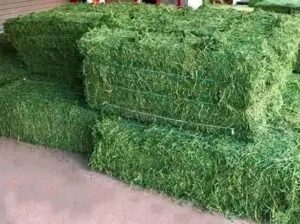

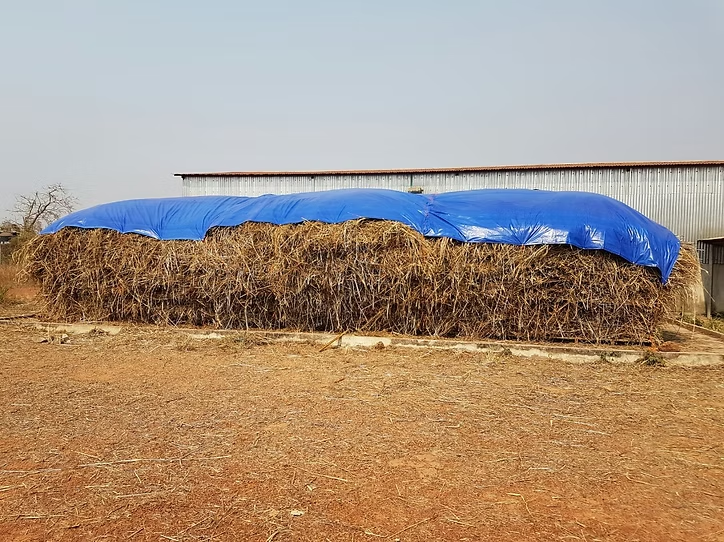
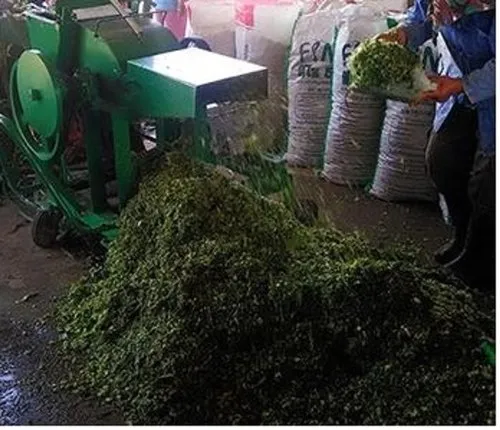

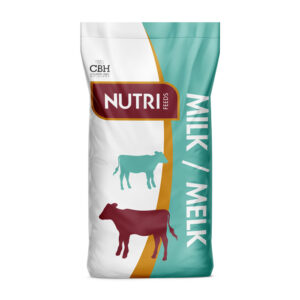
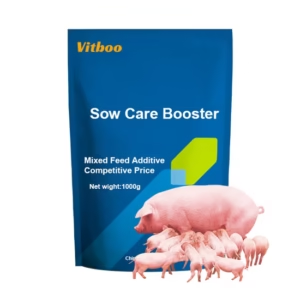
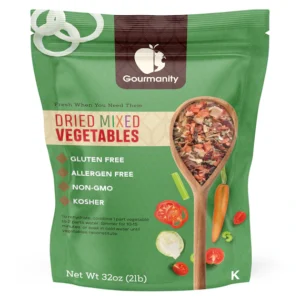




Reviews
There are no reviews yet.